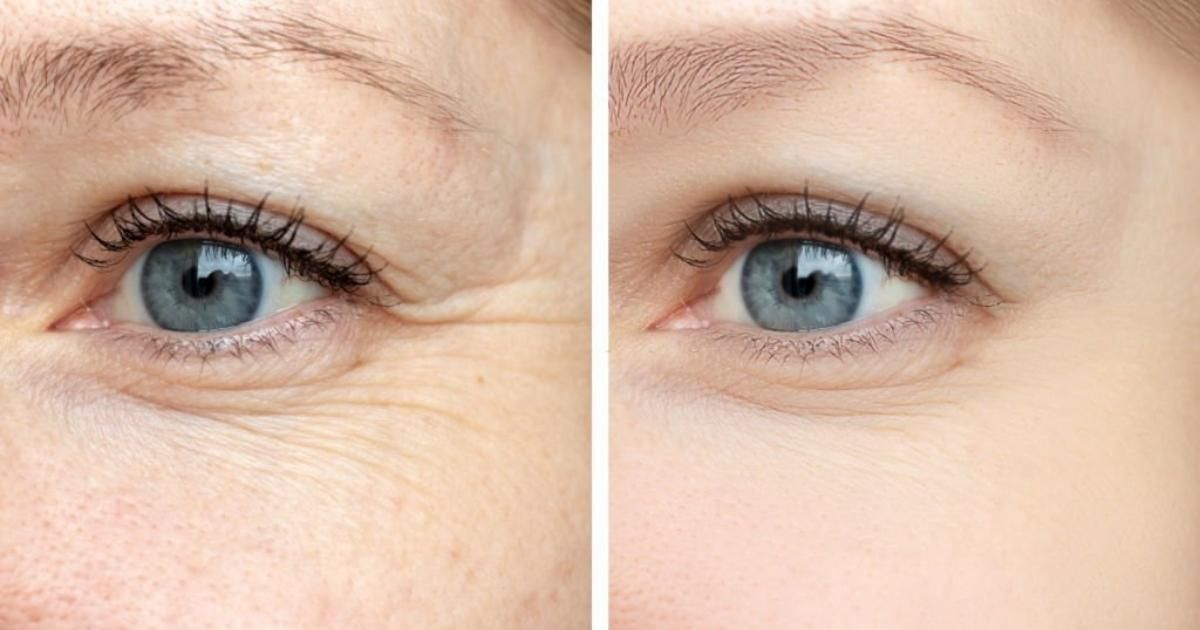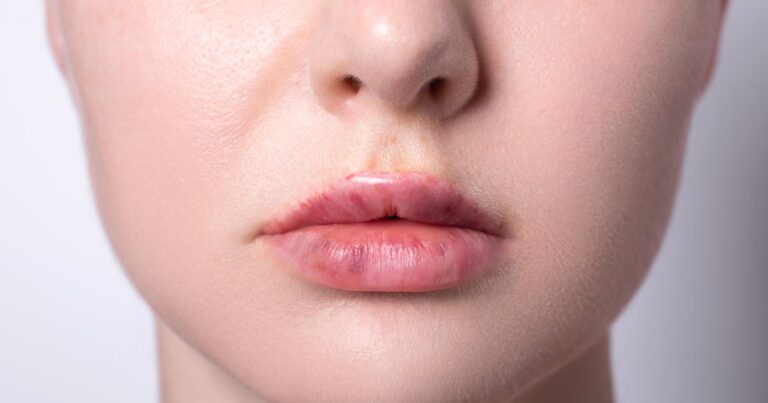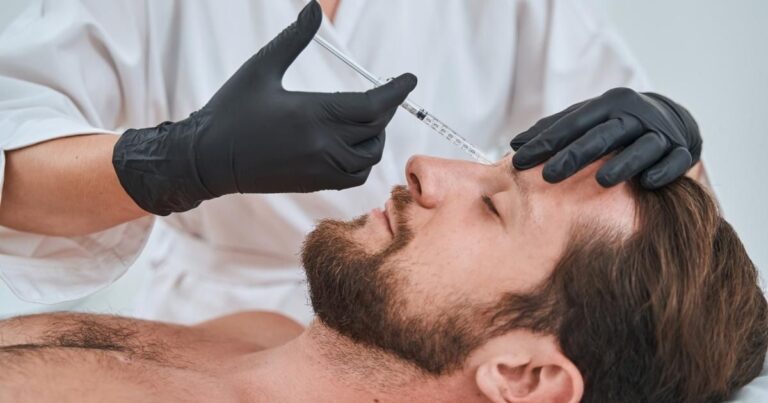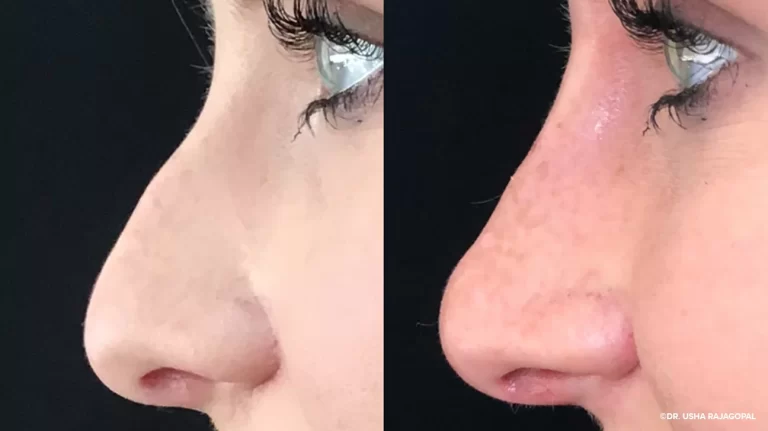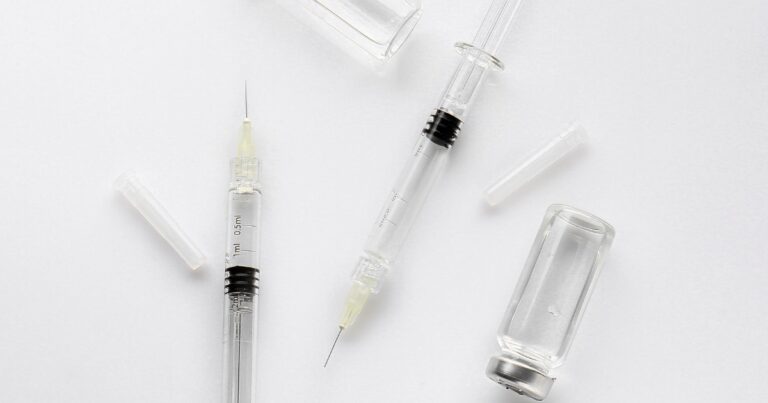Deciding between dermal fillers and fat transfer for facial enhancement is a personal journey. Each technique minimises signs of ageing but differs significantly in its procedure, results, and considerations. This article outlines the critical aspects of Fillers vs. Fat Transfer, offering insights to guide your decision-making process.
Fillers and Fat Transfer for Facial Enhancement
Dermal fillers and fat transfer procedures are popular facial enhancement methods.
They provide solutions for addressing age-related skin concerns such as wrinkles, sagging, and volume loss. However, the procedures, results, and considerations are quite different.
Book A Consultation With Dr Tarek Bayazid
Top-rated Plastic Surgeon For Fillers in Dubai
Installment Plan Available
- Fillers involve injecting synthetic or natural substances to add volume or smooth wrinkles.
- Fat transfer involves harvesting fat from other body parts to inject into the face.
- Both procedures aim to provide a more youthful, rejuvenated appearance.
Procedure Differences: Fillers Vs Fat Transfer
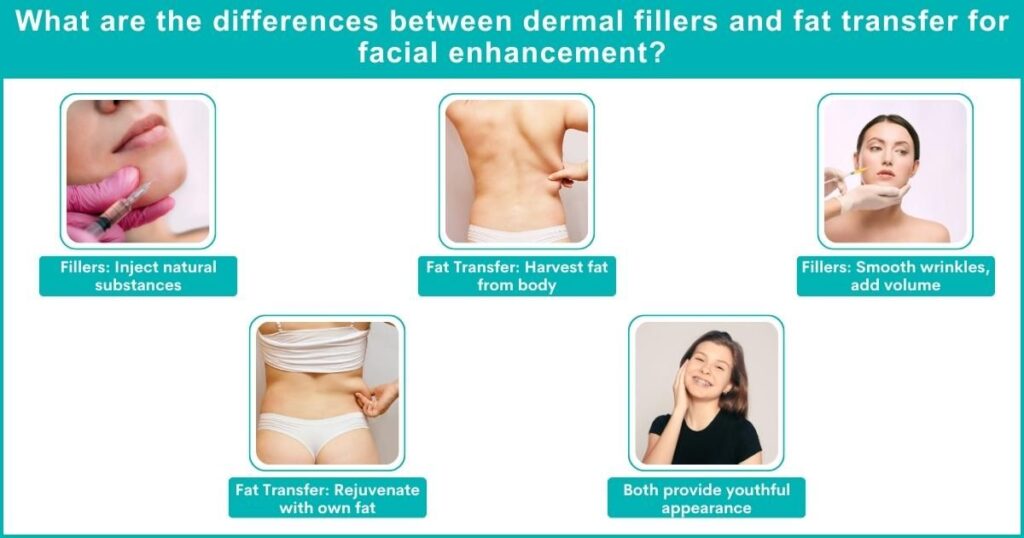
While fillers and fat transfer aim to enhance facial features, the procedures vary significantly. Fillers are generally quicker, requiring just a simple injection process, whereas fat transfer involves a two-step procedure of extraction and injection. The two choices often depend on individual preferences, needs, and long-term aesthetic goals.
| Factor | Dermal Fillers | Fat Transfer |
| Procedure Time | Generally under an hour | It can take several hours |
| Invasiveness | Non-invasive, no incisions | Invasive, requires fat extraction |
| Downtime | Minimal to none | Varies can be several days. |
| Immediate Results | Yes | Results may take a few weeks to appear fully |
Safety Profile: Evaluating the Risks of Fillers and Fat Transfer

Both procedures have potential risks and side effects, though generally considered safe. Common side effects of fillers include redness, bruising, and swelling, while fat transfer may cause more discomfort due to the extraction process. Patients can make informed decisions about the correct procedure by understanding these risks.
- Allergic reactions to fillers are rare but can occur, particularly with certain fillers.
- Fat transfer risks include infection, scarring, and uneven results.
- A qualified professional can minimise risks, so selecting an experienced practitioner is essential.
| Factor | Dermal Fillers | Fat Transfer |
| Common Side Effects | Redness, bruising, swelling | Discomfort, swelling, bruising |
| Rare Complications | Allergic reactions, granulomas | Infection, scarring, uneven results |
| Reversibility | Yes, with hyaluronidase | More challenging as transferred fat integrates with existing tissues |
Post-Treatment Experience: Fillers vs. Fat Transfer Recovery and Downtime
Recovery periods vary between the two procedures, with dermal fillers usually offering quicker recovery. Downtime for fat transfer is typically longer due to the procedure’s invasiveness. Post-procedure care is crucial for both treatments to achieve optimal results.
| Treatment | Fillers | Fat Transfer |
| Recovery Time | Minimal to no downtime. Most people can resume normal activities immediately after the procedure. | Moderate downtime. A few days to a week may be needed for patients to return to normal activity after surgery. |
| Swelling | A mild swelling usually subsides within a few hours or days. | Swelling is more pronounced and can last for several days or weeks. It gradually resolves over time. |
| Bruising | Minor bruising may occur at injection sites but usually fades within a few days. | The most common bruising lasts for up to two weeks. Proper aftercare can help minimise bruising. |
| Discomfort | Some tenderness or sensitivity at injection sites, but it is usually mild and temporary. | Discomfort, soreness, or tightness in the donor and recipient areas. Pain medication can be prescribed if necessary. |
| Final Results | Visible immediately, but optimal results may be seen after any initial swelling subsides. | Immediate results may appear overfilled due to swelling. Final results become more apparent as the swelling decreases, usually within a few weeks to a few months. |
| Post-Treatment Care | Avoid touching or applying pressure to the treated areas for a few hours. Avoid intense exercise, sun exposure, and alcohol for the first 24-48 hours. | Avoid strenuous activities for a few weeks. Follow the surgeon’s specific post-operative instructions, including gentle cleansing and care of the treated areas. |
| Potential Complications | Rare risks include infection, allergic reactions, or vascular complications. | Similar risks to traditional liposuction include infection, bleeding, or fluid accumulation. Some transferred fat may not survive, leading to uneven results. |
Effectiveness and Longevity: Comparing Results Between Fillers and Fat Transfer
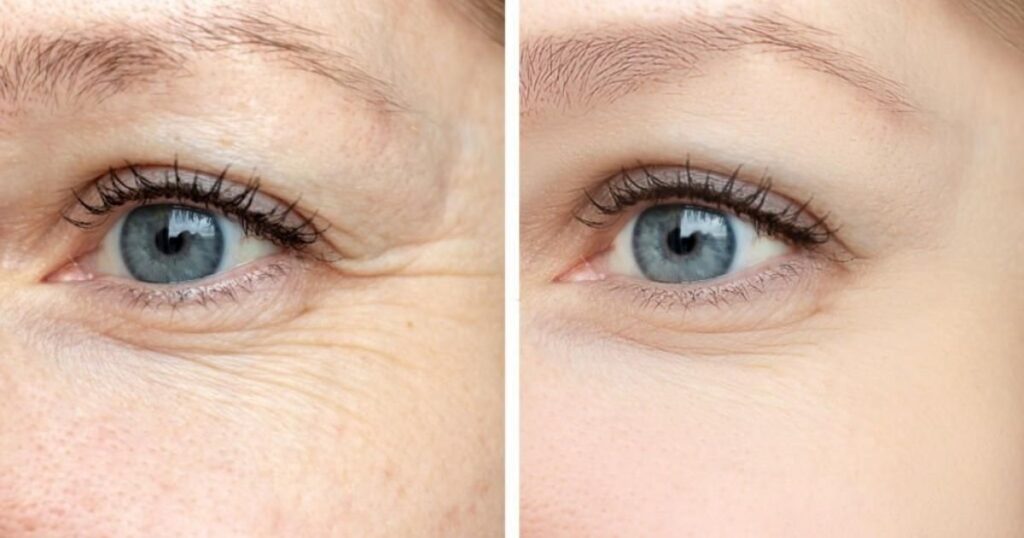
The longevity of results is a critical differentiator between dermal fillers and fat transfer. While the filler results are immediate, they are temporary and require repeat treatments. Fat transfer, on the other hand, offers more permanent results as the transferred fat integrates with the facial tissues.
| Factor | Dermal Fillers | Fat Transfer |
| Duration of Results | 6 to 18 months for hyaluronic acid fillers, several years for synthetic fillers | Several years, if not permanent |
| Maintenance | Regular treatments are required to maintain results | Fewer treatments are needed, and results are more permanent |
| Appearance of Results | Immediate. Still, they may settle over 1-2 weeks. | Takes several weeks to see the final results as the swelling subsides. |
Financial Considerations: Cost Comparison of Dermal Fillers and Fat Transfer
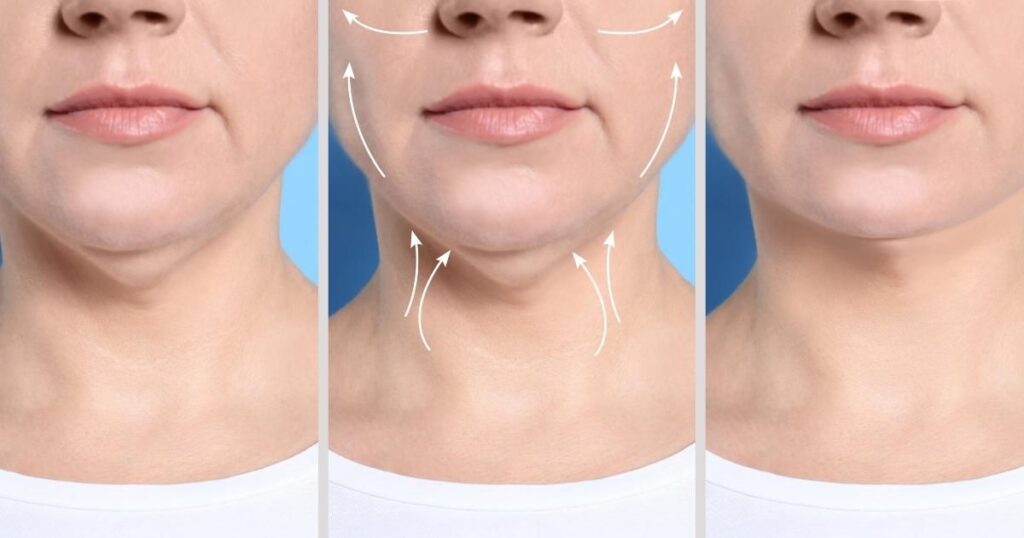
Cost is another essential factor when choosing between dermal fillers and fat transfer.
Generally, dermal fillers are less expensive upfront but require regular maintenance, which can add up over time.
| Factor | Dermal Fillers | Fat Transfer |
| Initial Cost | Less expensive upfront | More costly due to the two-step procedure |
| Long-Term Cost | This can add up with regular maintenance treatments | More cost-effective in the long run due to permanence |
| Cost Factors | Type of filler, number of syringes | Fat extraction, processing, and reinjection costs |
Ideal Candidates: Fillers or Fat Transfer for Chin Enhancement?
Each individual’s needs and goals determine the appropriate procedure for facial enhancement. People seeking quick, non-invasive treatment with minimal downtime may find dermal fillers more suitable.
| Treatment | Fillers | Fat Transfer |
| Ideal Candidates | Individuals with specific concerns such as fine lines, wrinkles, or volume loss in localised areas of the face. | Individuals are seeking volume restoration and enhancement in larger facial areas or deep creases. |
| Volume Loss | Suitable for mild to moderate volume loss or targeted areas requiring augmentation. | Ideal for significant volume loss or extensive areas requiring volume restoration. |
| Age Range | Generally suitable for a wide age range, from younger individuals looking for preventive measures to older adults seeking facial rejuvenation. | More commonly sought by individuals in their late 30s to 60s or older who have experienced significant volume loss or facial changes due to ageing. |
Making the Right Decision: Guidelines to Help Choose Between Fillers and Fat Transfer
Choosing between fillers and fat transfer involves considering various factors, including personal aesthetic goals, budget, and willingness to undergo an invasive procedure.
Potential patients should gather as much information as possible and discuss it openly with their clinicians.
- Understanding personal needs and desired outcomes can help individuals make the right decision for facial enhancement.
- When considering cosmetic procedures, balancing immediate desires with long-term goals is essential.
- A professional consultation can help clarify questions and concerns about both procedures.
- Individual needs, preferences, and lifestyle considerations ultimately determine the choice.
Choosing between Fillers and Fat Transfer involves weighing personal preferences, aesthetic objectives, and financial factors. Both offer unique advantages and risks that should be thoroughly understood. While both treatments aim to recapture youthfulness, aligning immediate results with long-term aspirations is vital. If you’re interested in learning more about achieving natural results with dermal fillers, check out our comprehensive guide on the topic at Natural results with dermal fillers.
At Dr Tarek Bayazid, we invite you to discuss your facial enhancement options. Our expert team will address your questions and concerns, guiding you towards a decision that best suits your lifestyle and aesthetic vision. You can also check out our detailed breakdown of Dermal Filler cost in Dubai to get a better understanding of the financial aspects involved
Ready to start your journey towards rejuvenation? Don’t hesitate any longer. Book a consultation with us today and take the first step towards achieving your aesthetic goals.
FAQs
What are dermal fillers?
Dermal fillers are substances injected into or beneath the skin to restore volume, smooth wrinkles, or enhance facial features. They can be composed of natural or synthetic materials.
What is a fat transfer?
To enhance volume or contour, fat can be transferred from one part of the body, processed, and injected into another, such as the face.
Are dermal fillers and fat transfers safe?
Both procedures are generally considered safe when performed by experienced professionals. However, they can come with potential side effects or risks. Having a detailed discussion with your practitioner about these aspects is essential.
How long does it take to recover from dermal fillers or fat transfer?
Dermal fillers usually have minimal to no downtime, while fat transfers may require several days of recovery due to the more invasive nature of the procedure.
How long do the results last?
The duration of the results varies. Different types of fillers last for various lengths of time. Fat transfer results can be permanent, as the transferred fat integrates with existing facial tissues.
Can I reverse the results if I’m unhappy with them?
Hyaluronic acid fillers can be reversed by injecting an enzyme called hyaluronidase. Reversing a fat transfer is more challenging, as the transferred fat integrates with the body’s tissues.
